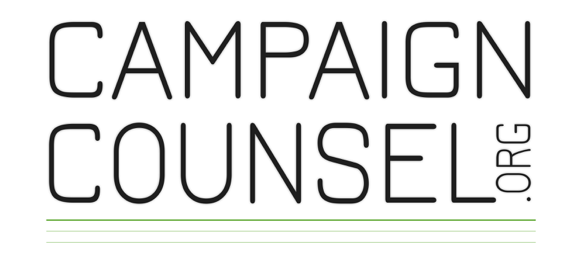Capital Campaigns and Your Annual Fund
Many organizations fear that a capital campaign will negatively impact their annual fund. Capital campaigns are built on approaching your biggest and most loyal donors with a vision for your next milestone in advancing your nonprofit’s mission and asking how they will help. Will they simply shift their gifts from the annual fund to the capital campaign?
Approached correctly, we find they don’t. And new research suggests that they won’t. The State of Capital Campaigns Benchmark Report released in the fall of 2023 by Capital Campaign Pro found that “79% of respondents reported that their annual funds either increased or stayed the same during the campaign.”
How did they do it? While this fear that a capital campaign might divert resources away from the annual fund is understandable, it's essential to recognize that a well-executed capital campaign can actually complement your annual fund efforts.
Trust the Campaign Process
A well-planned capital campaign will spend the majority of its time in a series of quiet phases. During this time you are soliciting donors, which can include individuals, corporations and foundations, one-one-one and face-to-face for specific major gift amounts. The campaign is not announced to the general public for their gifts until after the bulk of the funds are raised through soliciting donors in person. The public phase of the campaign, when you reach out to your entire donor database and the community, will be short – two to three months – because upwards of 90% of the funds have been raised during the quiet phases.
During a capital campaign solicitation, you will clearly communicate one-on-one with your major gift donors the vision for the capital project and the important impact that project will have on your organization and your community. This conversation also gives you the opportunity to emphasize that the capital campaign is a temporary initiative with a specific purpose and that their continued annual support is crucial for the organization’s day-to-day operations.
If you find yourself discussing a gift to the annual fund before campaign solicitations have begun, let the donor know that a campaign is on the horizon and that you plan to be back to share it with them and secure their support. Providing this information will better prepare them for what’s coming next and avoid a knee-jerk reaction of, “Back again? Didn’t I already give?”
Continue Your Annual Fund Efforts
Although your capital campaign will require much of your energy, don’t stop your annual appeals. Continue to educate and cultivate your entire database of donors on the value your nonprofit brings to your constituents and to your community and call upon their support. Think strategically about tailoring the messages you send to your capital campaign donor prospects so that they understand the importance of each effort.
During the quiet phases of your campaign, add to your communications a capital campaign newsletter sent only to the major gift donors and prospects you will be soliciting in person. This piece is specific to the campaign to keep this group aware of the effort and prepared for your in-person solicitation.
When you do leave the quiet phases and take your campaign public, time the launch so that your capital campaign appeals do not directly compete with an important annual effort, like your year-end appeals. This will allow each effort to have the best results and help minimize donor confusion about what they are being asked to support. When the opportunity arises to communicate about both efforts – at a gala or other event – craft a message that reinforces the idea that both initiatives contribute to the overall success and sustainability of the organization.
Capitalize on the Excitement
Capital campaigns create excitement and the opportunity for donors to foster even deeper connections to your mission. A capital campaign gives your donors an opportunity to significantly invest in your organization’s ability to serve. Their return on investment is a stronger community.
Draw them into the excitement of what you’re striving for with your capital campaign. Be confident in presenting them with this special opportunity to make a deep and positive impact on your organization, the lives of those you serve and the community they call home.
Many nonprofits find that the effort expended during a capital campaign, comes back to them in increased capacity. Donors are more engaged and want to continue supporting something they are helping to build. The information you gather about donors and the relationships you build with them during a campaign, if stewarded well, will have a continuing impact on your organization.
Stewardship is key, which is another way of saying that clear, concise and transparent communications with your donors is what will sustain your annual fundraising. Your capital campaign plan must include measures to communicate your organizational vision. What are the needs and benefits of your campaign (your case for support) and how do they complement your organizational mission. If your nonprofit’s capital campaign plan does not include donor stewardship and communications, then it is possible if not likely that your annual appeal will suffer.
Catalyst for Overall Growth
A well-executed capital campaign can serve as a catalyst for increased support across all facets of your organization and drive lasting positive change. By strategically and confidently approaching the intersection between a capital campaign and the annual fund, you can create a harmonious relationship that benefits the organization in both the short and long term.
If you are considering a capital campaign and would like to learn more, contact us! We would love to learn about your campaign and share how we can help.
Melissa Sais is a vice president and partner with CampaignCounsel.org.







